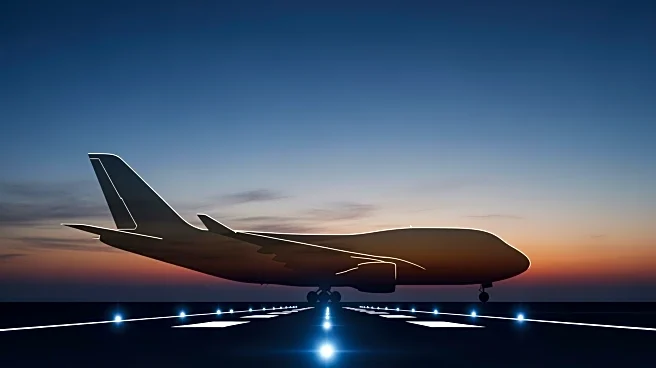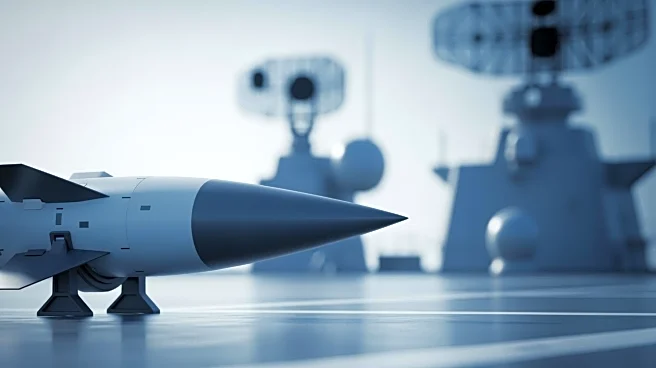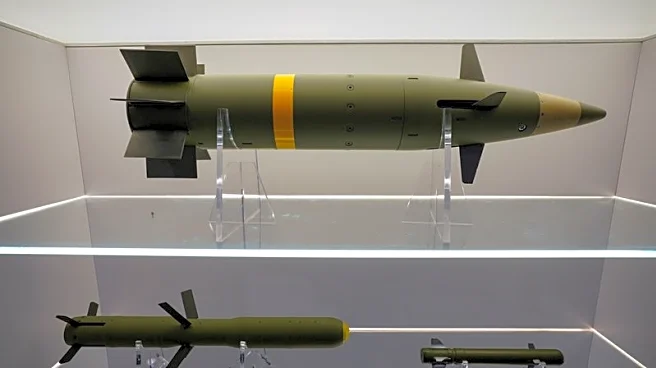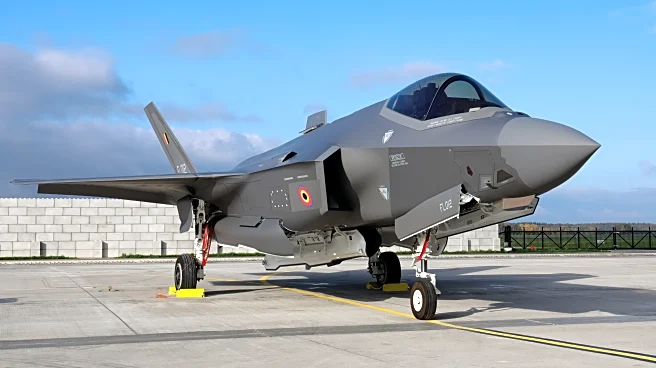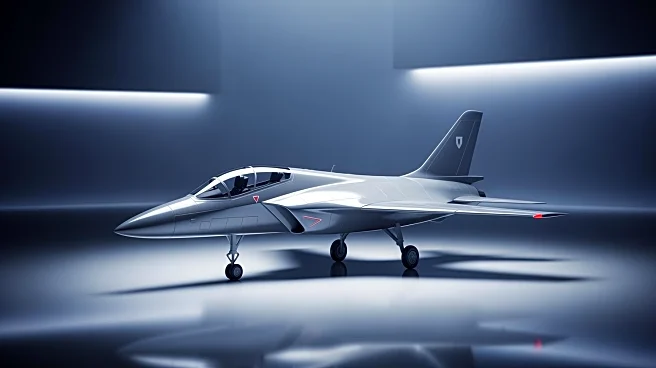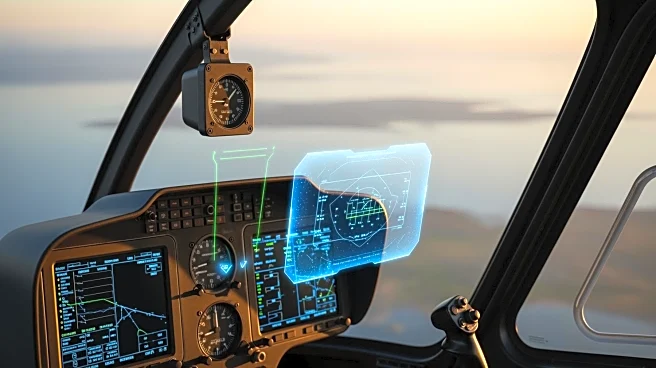What's Happening?
The U.S. Air Force has outlined a strategy to develop a next-generation airlifter, known as the Next Generation Airlift (NGAL), to replace the Boeing C-17 and Lockheed Martin C-5 aircraft. The Air Mobility
Command plans to begin an analysis of alternatives in 2027, with the first NGAL aircraft potentially produced by fiscal 2038. The strategy includes replacing the C-5M fleet first, followed by the C-17A fleet, with a one-for-one swap. The Air Force aims to maintain the viability of existing aircraft until NGAL is fielded, potentially extending their service life. The NGAL platform is expected to be a family of systems, including smaller aircraft for various roles.
Why It's Important?
The development of the NGAL platform is crucial for the U.S. Air Force to maintain its airlift capabilities and address future operational needs. Replacing aging aircraft with advanced technology will enhance the Air Force's ability to transport personnel and equipment efficiently. The NGAL program reflects the Air Force's commitment to modernization and readiness, ensuring it can meet evolving defense challenges. The initiative may drive innovation in aircraft design and propulsion, contributing to the broader aerospace industry. Successful implementation of the NGAL strategy will strengthen the U.S. military's logistical capabilities and support national security objectives.
What's Next?
The Air Force will conduct an analysis of alternatives starting in 2027, evaluating potential designs and technologies for the NGAL platform. The acquisition process will require consistent funding and support to meet the projected timeline. Collaboration with industry partners will be essential to develop and produce the new airlifter. The Air Force may explore options for extending the service life of existing aircraft to bridge the gap until NGAL is operational. Stakeholders, including defense contractors and policymakers, will play a role in shaping the program's direction and ensuring its success.
